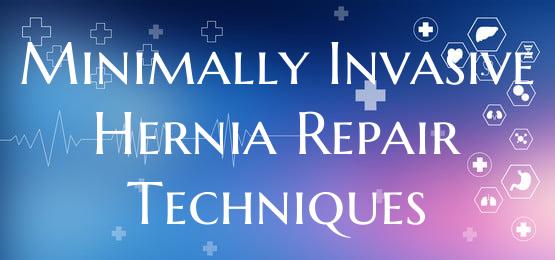
Minimally Invasive Hernia Repair Techniques
Minimally Invasive Hernia Repair Techniques: Revolutionizing Surgical Approaches
Hernias are a common medical condition that occurs when an organ or fatty tissue squeezes through a weak spot in the surrounding muscle or connective tissue. While traditionally treated through open surgery techniques, advancements in medical technology have led to the development of minimally invasive hernia repair techniques.
Minimally invasive hernia repair techniques, such as laparoscopic and robotic-assisted procedures, have revolutionized the field of hernia surgery. These techniques involve making small incisions through which specialized tools and a camera are inserted to repair the hernia with minimal tissue damage.
One of the key benefits of minimally invasive hernia repair techniques is a faster recovery time compared to traditional open surgery. Patients undergoing these procedures typically experience less pain, reduced risk of infection, and shorter hospital stays. Additionally, the cosmetic outcome is often better as the scars are smaller and less noticeable.
Laparoscopic hernia repair is a common minimally invasive technique that involves inserting a thin, flexible tube with a camera (laparoscope) through a small incision near the hernia. The surgeon uses the camera to guide small instruments to repair the hernia from the inside. This approach allows for better visualization of the hernia and surrounding tissue, leading to more precise repairs.
Robotic-assisted hernia repair is another minimally invasive technique that utilizes robotic arms controlled by the surgeon to perform the procedure with enhanced precision and dexterity. The robotic system provides a three-dimensional view of the surgical site and allows for intricate movements that may be challenging with traditional laparoscopic instruments.
Overall, minimally invasive hernia repair techniques offer patients a safer, more efficient, and effective alternative to traditional open surgery. As technology continues to advance, these techniques are likely to become even more refined, further improving patient outcomes and quality of care in the field of hernia surgery.